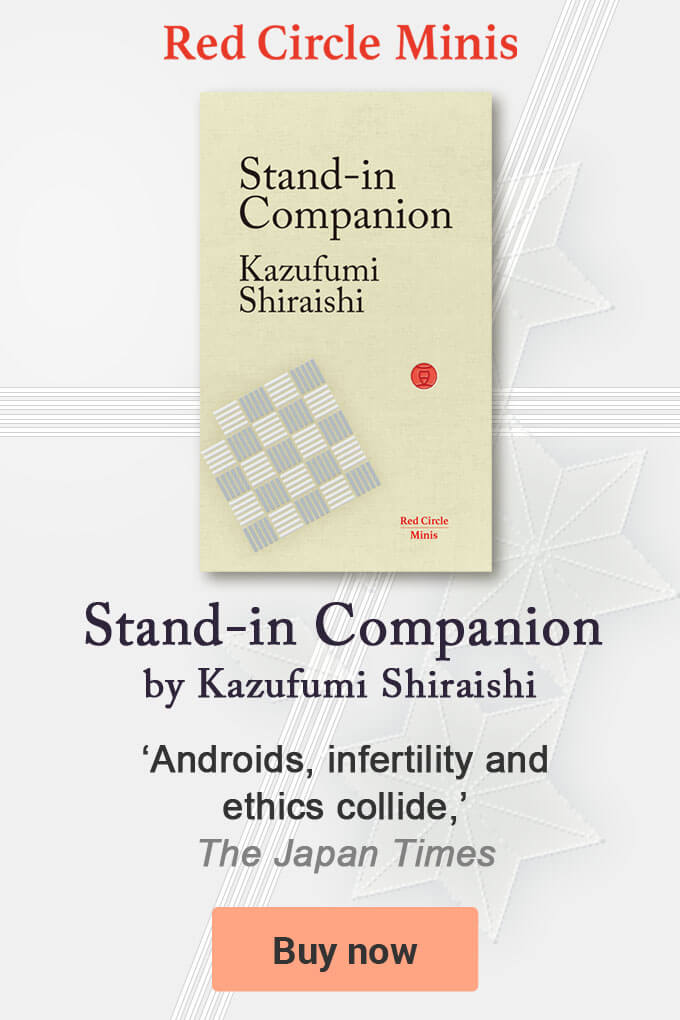- Magazines
Japan’s first magazine, Seiyo-Zasshi, was launched in October 1867[UPDATED: 2-21-2018]
Seiyo-Zasshi, Japan’s first magazine was launched by Shunzo Yanagawa in October 1867. The magazine’s name means Western Magazine.
The 10-page magazine, which consisted of a collection of translations of western scholarly articles, was published in booklet format, printed on Japanese paper, using woodblocks, with a folio binding.
The definition of the word magazine is “a periodical publication containing articles and illustrations, often on a particular subject or aimed at a particular readership”. Before the digital age it generally referred to publications with paper covers.
The word magazine comes from the French word magasin which itself comes from the Italian word magazzino, meaning store or storehouse. Seiyo-Zasshi clearly fell within this definition of a magazine and certainly aspired to become one.
According to historians, the earliest international example of a magazine is said to be Erbauliche Monaths Unterredungen, Edifying Monthly Discussions, a literary and philosophy magazine, launched in 1663 in Hamburg almost 200 years before Japan’s first such publication.
The Gentleman’s Magazine, is generally cited as the world’s first general-interest magazine. Its first issue was published in London in 1731; its publication continued for almost 200 years.
In contrast, the life span of Japan’s first magazine, Seiyo-Zasshi, was much more short lived. The original plan was for it to become a monthly publication as it became established, but the magazine folded after just 6 issues in September 1869, two months before the international journal of science, Nature, was launched in London that year.
Despite its short life and lack of commercial success, Seiyo-Zasshi’s publication was an important historic milestone that coined the Japanese term used for magazine Zasshi, which is made up for two letters (characters) – ‘mixture’ and ‘to note or register’. The publication may no longer exit, but its name lives on.
The 10-page magazine, which consisted of a collection of translations of western scholarly articles, was published in booklet format, printed on Japanese paper, using woodblocks, with a folio binding.
The definition of the word magazine is “a periodical publication containing articles and illustrations, often on a particular subject or aimed at a particular readership”. Before the digital age it generally referred to publications with paper covers.
The word magazine comes from the French word magasin which itself comes from the Italian word magazzino, meaning store or storehouse. Seiyo-Zasshi clearly fell within this definition of a magazine and certainly aspired to become one.
According to historians, the earliest international example of a magazine is said to be Erbauliche Monaths Unterredungen, Edifying Monthly Discussions, a literary and philosophy magazine, launched in 1663 in Hamburg almost 200 years before Japan’s first such publication.
The Gentleman’s Magazine, is generally cited as the world’s first general-interest magazine. Its first issue was published in London in 1731; its publication continued for almost 200 years.
In contrast, the life span of Japan’s first magazine, Seiyo-Zasshi, was much more short lived. The original plan was for it to become a monthly publication as it became established, but the magazine folded after just 6 issues in September 1869, two months before the international journal of science, Nature, was launched in London that year.
Despite its short life and lack of commercial success, Seiyo-Zasshi’s publication was an important historic milestone that coined the Japanese term used for magazine Zasshi, which is made up for two letters (characters) – ‘mixture’ and ‘to note or register’. The publication may no longer exit, but its name lives on.

